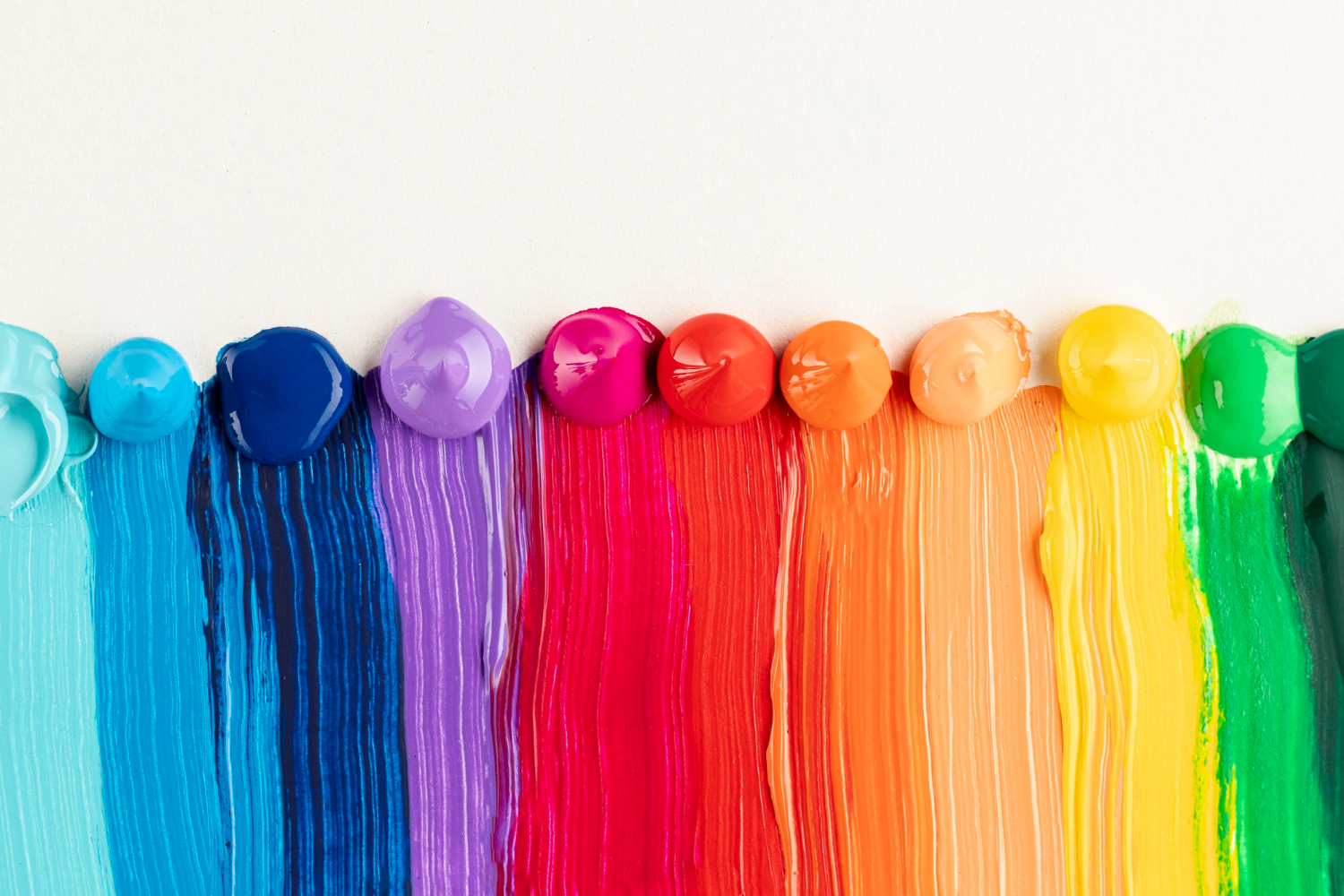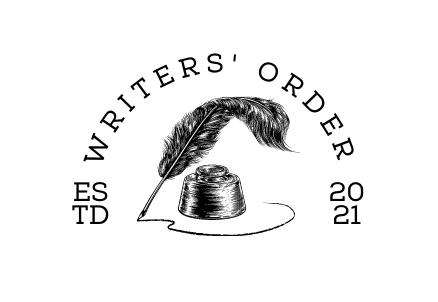You have to be the change to bring the change.

The Psychology of Color
Our content is reader-supported. We may earn a commission if you make a purchase through one of our links.
Light reaches the eye in different wavelengths. From red with the longest wavelength to violet with the shortest, our brain perceives the different wavelengths of light as different colors. But that’s just the physics of how different colors are distributed in the light spectrum or the biology of how sensory receptors in the eyes receive that light and translate it into a color we can distinguish from others. But there’s more to it.
There’s a whole new world inside our minds just based on how different colors make us feel, the emotions they trigger, or the powerful impact they have on our thought process. It is the Psychology of Color, a component of the color theory.
Have you ever driven into a tunnel that is lit with bright blue LED lights? Or did you know how cities around the world introduced blue lighting in public places in an attempt to reduce depression and suicide attempts? Have you noticed how a product packed in all-black packaging seems expensive or yellow looks as if it’s cheap?
The psychology of color encompasses all the phenomena mentioned above and more. Most people admit that colors do have an impact on their feelings, emotions, or even how they feel physically. Research has shown that the colors around you have a powerful effect on you, mentally and ultimately physically. The same concept is one of the founding principles of Art Therapy.
Art Therapy
Art therapy involves using art, especially different colors, to treat psychological disorders and improve mental health. This form of treatment takes root from two key principles. One, already mentioned above, is the impact of color on the mind. The second is that expressing yourself through art nurtures mental health.
Art therapists employ different techniques to evaluate and treat an individual’s psychological condition through their art. They can identify the predominant emotions the subject feels from the color palette they use and uncover their fears and mental struggles through things they draw or paint.
Why Is Knowing the Psychology of Color Important for an Artist?
Top-class art schools emphasize a great deal on imparting knowledge about the psychological impacts of color to their students. If you are an artist, you must know the basics of color psychology to empower your art to touch any onlooker deeply.
Art is about using the elements in conjunction with each other to create a work that not only looks pleasing to the eye but transmits an unsaid message to the minds the very instant they set their eyes upon your artwork. Color, undoubtedly, is the most important of all art elements.
Here are six colors, and the psychology associated with them.
Psychology of Red
Red is an attention-capturing color and will catch the eye easily. This color is associated with the most intense emotions we can feel. Anger, love, and passion.
Light shades of red can be used to create a composition signifying intense and fiery passion. On the other hand, deeper shades of red can be used to convey romantic love, primarily when used in contrast with other colors.
Red is the color of bold confidence. We will rarely see this color in an artist’s work, who, at the time of conceiving the art, feels a lack of confidence. Red is known to have a stimulating impact on the body, boosting metabolism and blood circulation.
While the use of red can also translate into a warning of danger, it is commonly used to assert authority.
Psychology of Orange
Orange is the color of an extrovert, representing optimism, self-confidence, and general feelings of well-being. When the passion of red and the cheerful energy of yellow get paired together, orange emerges, with warm and happy energy emanating from it.
Bright and vibrant oranges will convey vivacity and promote feelings of enthusiasm. Darker orange attracts attention, as it represents something or someone important. The latter shades can also display luxuriousness.
Psychology of Yellow
Yellow, a primary color, stands for energy, intellectuality, and happiness. Yellow radiates a creative vibe, hinting at novel ideas. The fact that school buses are yellow tells that it is a color as attention-capturing as red, but in a different way.
Yellow captures the attention, but not as a matter of urgency as red does, but in a way that prompts the observer to look at it for longer. This color promotes feelings of joyfulness and hope, and it uplifts the spirits.
But that’s not all. Yellow looks good, but to some extent. A dominating yellow can lead to feelings of anxiety and fear.
Psychology of Green
Green is the color of nature. It represents delicate balance and growth. It promotes feelings of contentment and security.
Like in games, where red is used to signify the enemy and green is used to indicate you or your team, green has always been a color that we are relaxed with.
Darker greens represent wealth, prestige, and wisdom, the traits of royalty. Light greens indicate progress, freshness, and health.
When you look at the green color, it seems like it’s telling you that it is on your side, like an old familiar friend who will stand by you.
There have been cases where green has been used to signify evil, like the ancient tale of Loki, who boasts green colors. The color can also show feelings of jealousy and greed.
Psychology of Blue
Blue is the color of the day, the color of clear skies, and the color of serenity and trust.
While blues primarily radiate feelings of calm, the different shades can add depth to their meaning. Soft blues represent tranquility, like the blue of the calm sea. Darker monochromatic blues can express sorrow, or even despair, as in the never-ending depths of the ocean.
It can be said that blue has the opposite psychological effect as compared to red. It calms, reduces stress, and has a prevalent feeling of quiet to it.
Psychology of Purple
Purple is the color of creativity, relaxation, and leisure. This color can show creativity and professionalism if used right, or on the contrary, outright immaturity and impracticality too.
The dominant use of purple in art implies sensitivity and compassion and a great deal of empathy and self-sacrifice. Some shades of purple have a quiet dignity to them. These shades do not seem very flamboyant to look at, but they have a powerful presence.
Dark purples represent luxury and leisure. Soft and lavender-like shades encourage relaxation and feelings of comfort.



